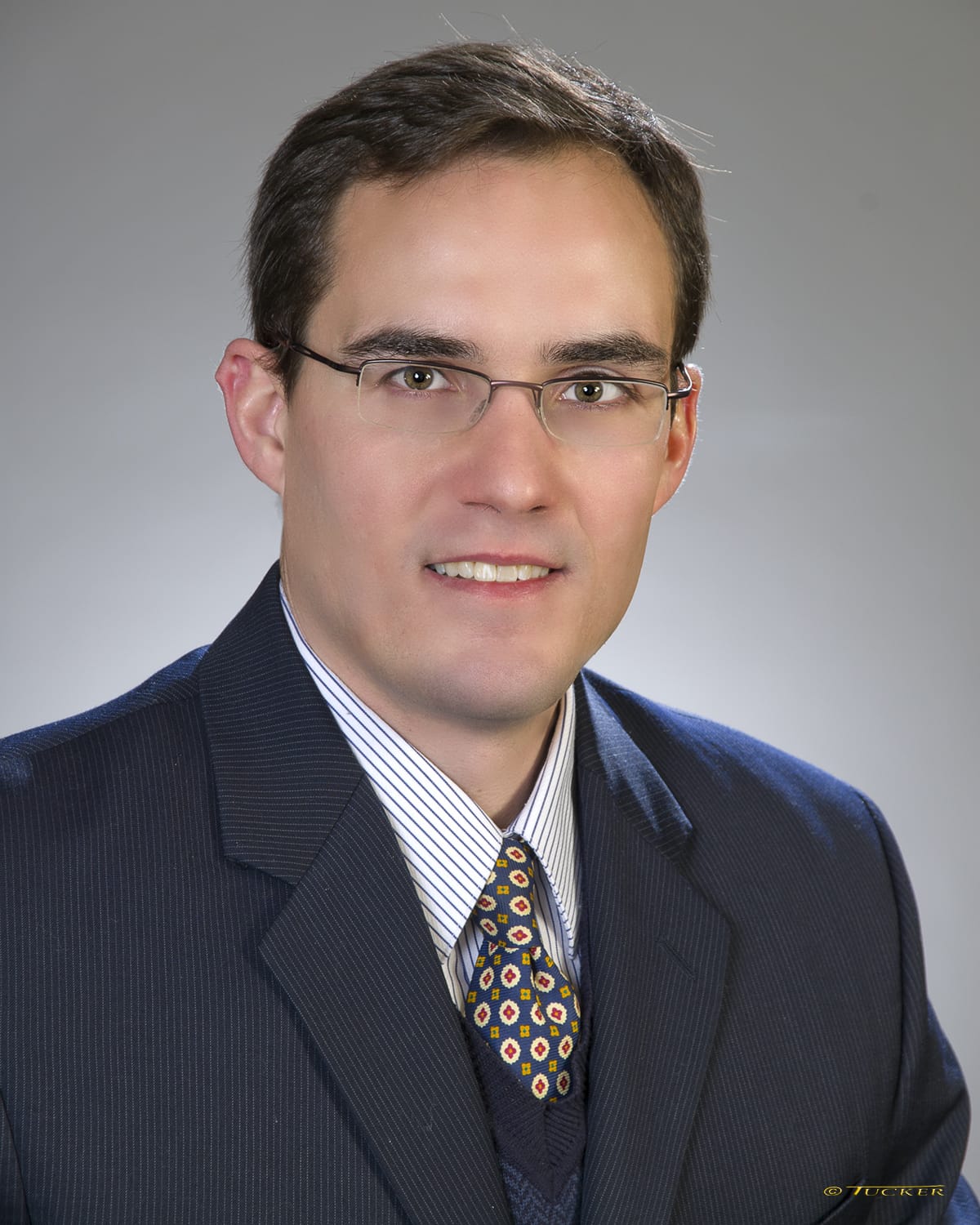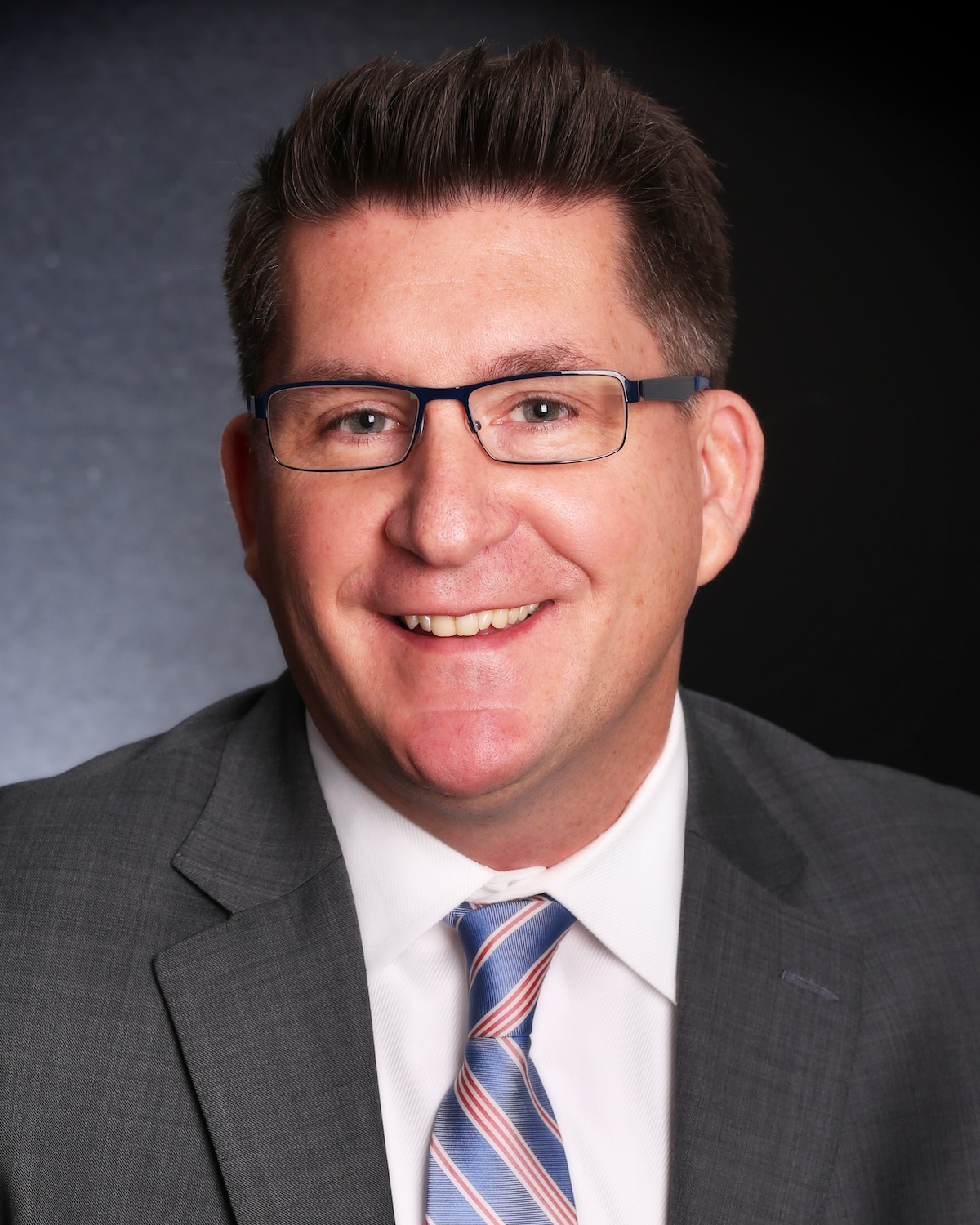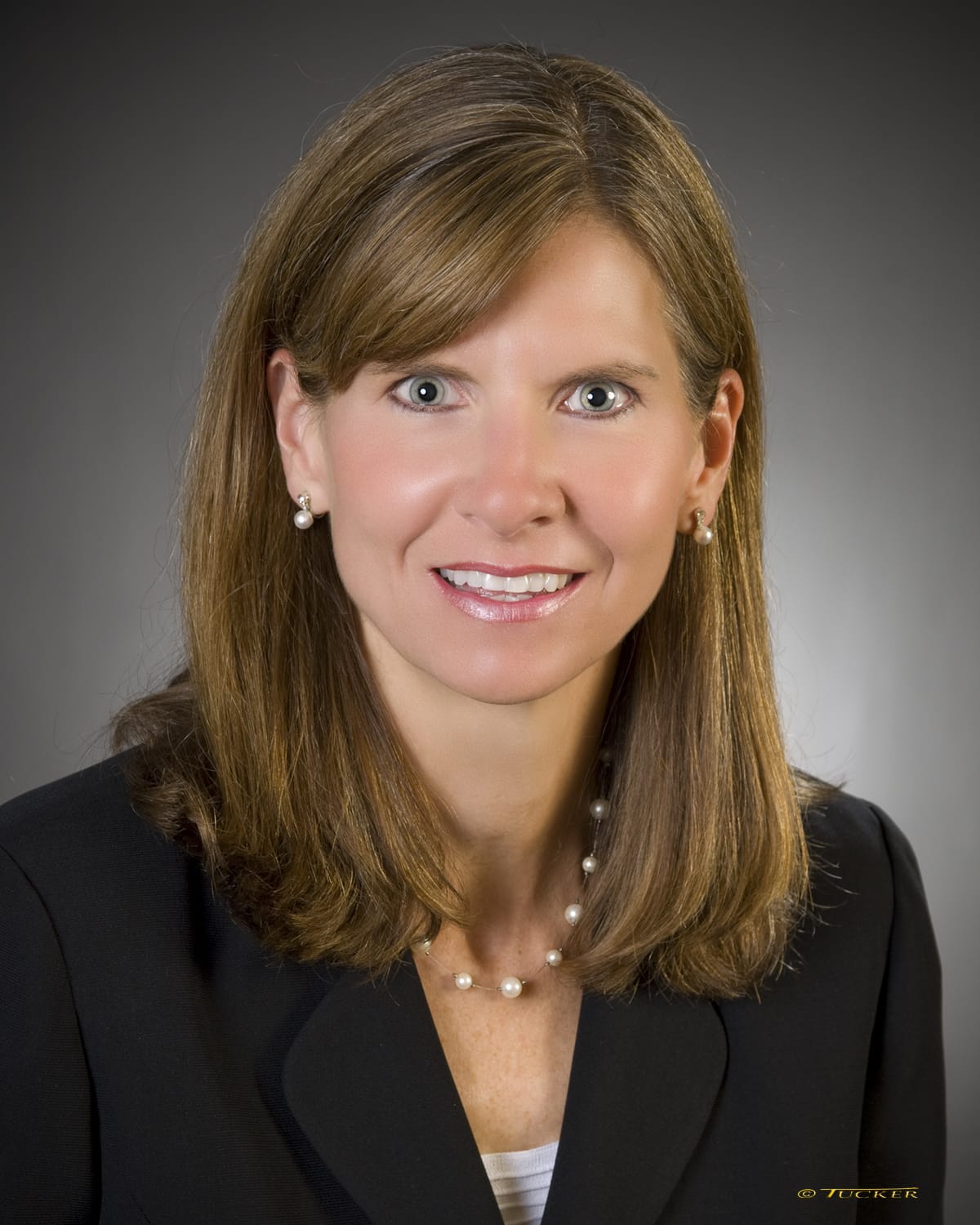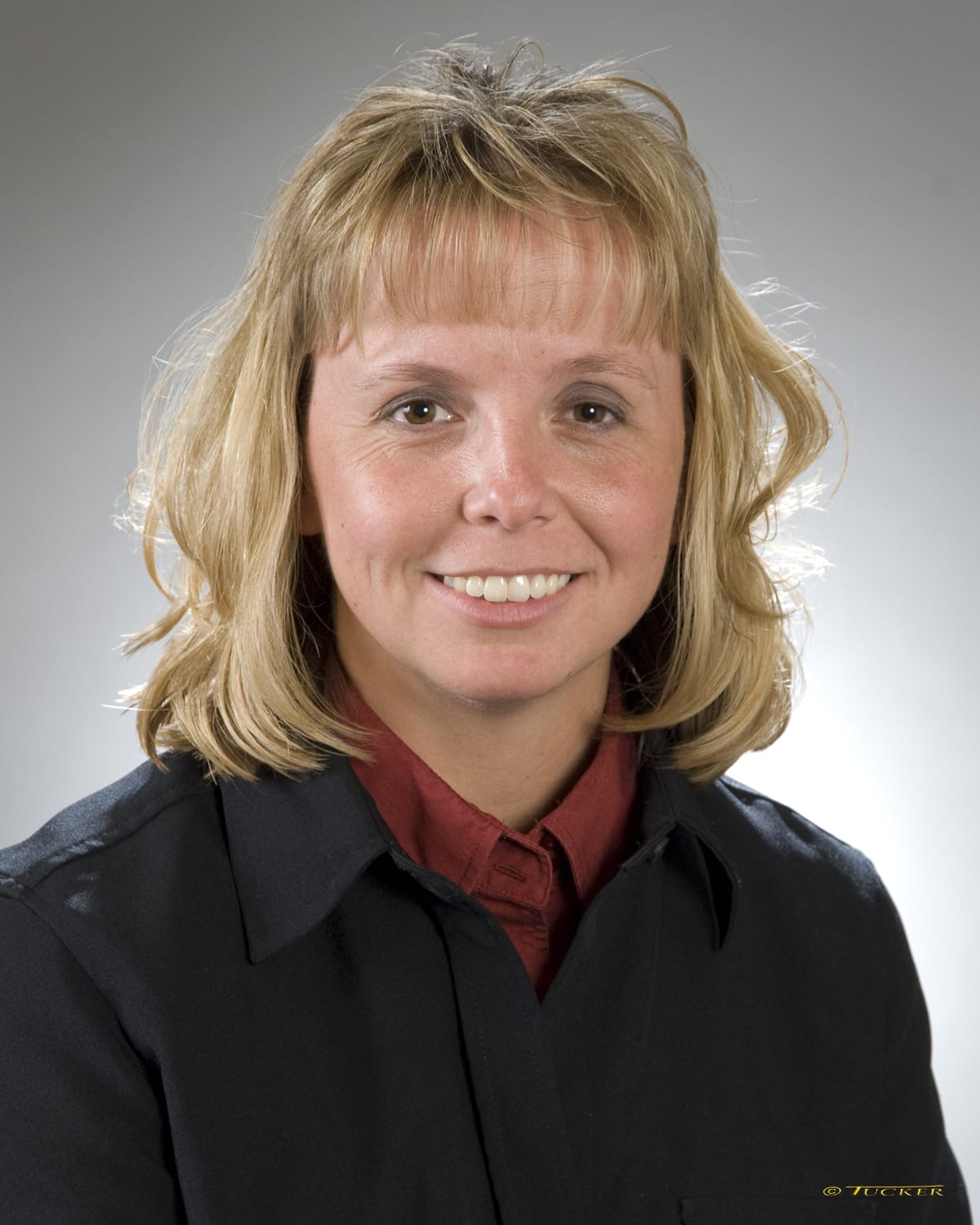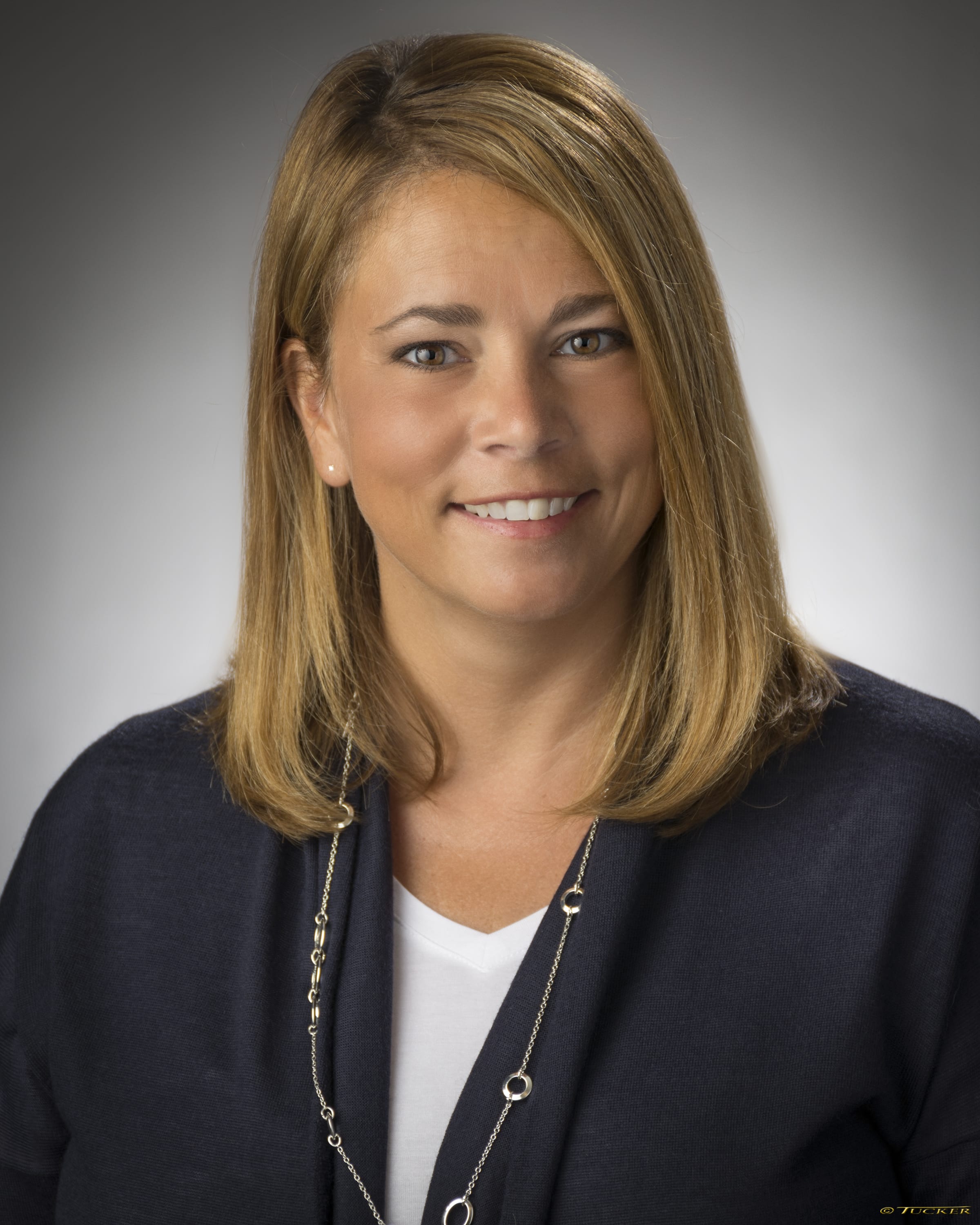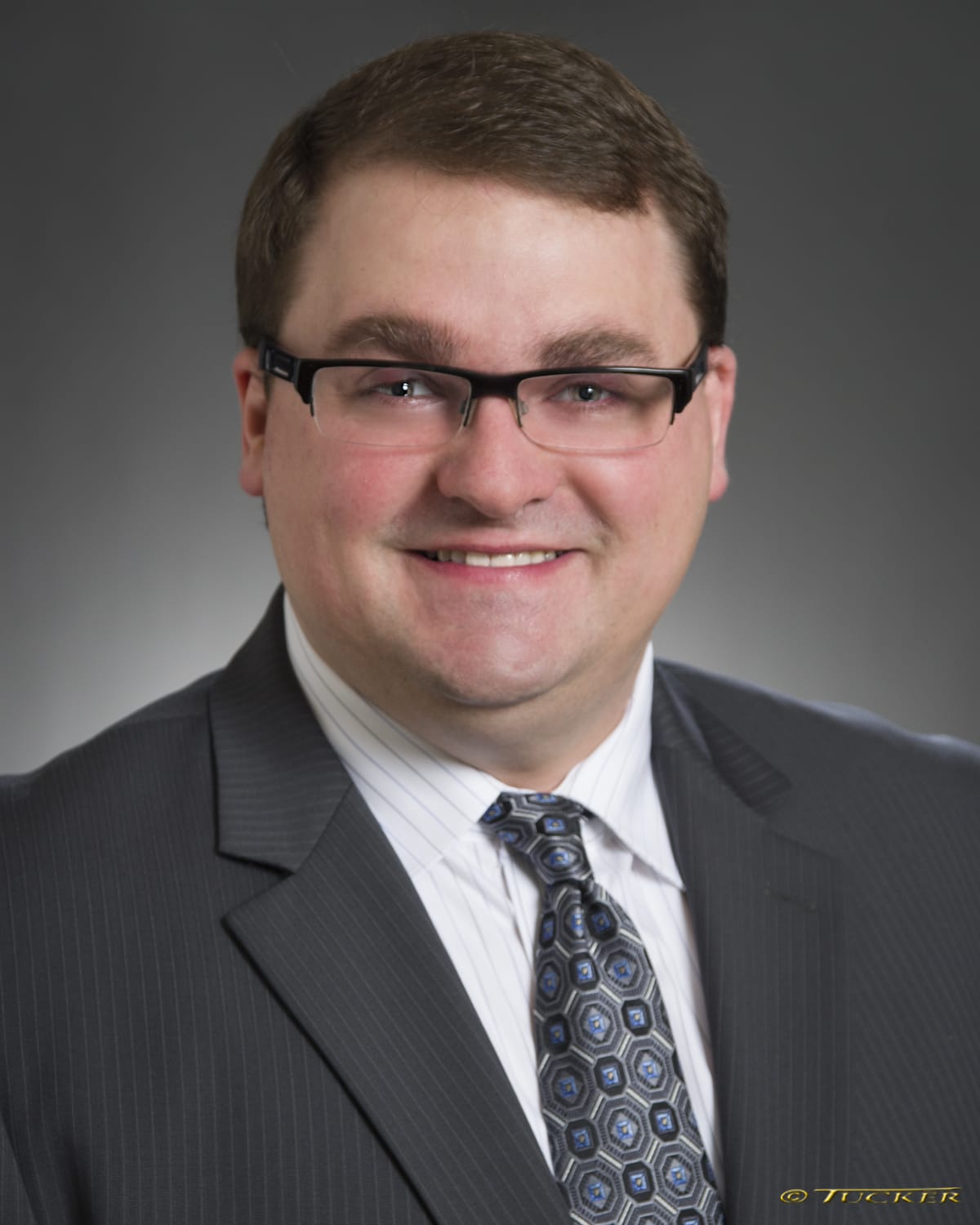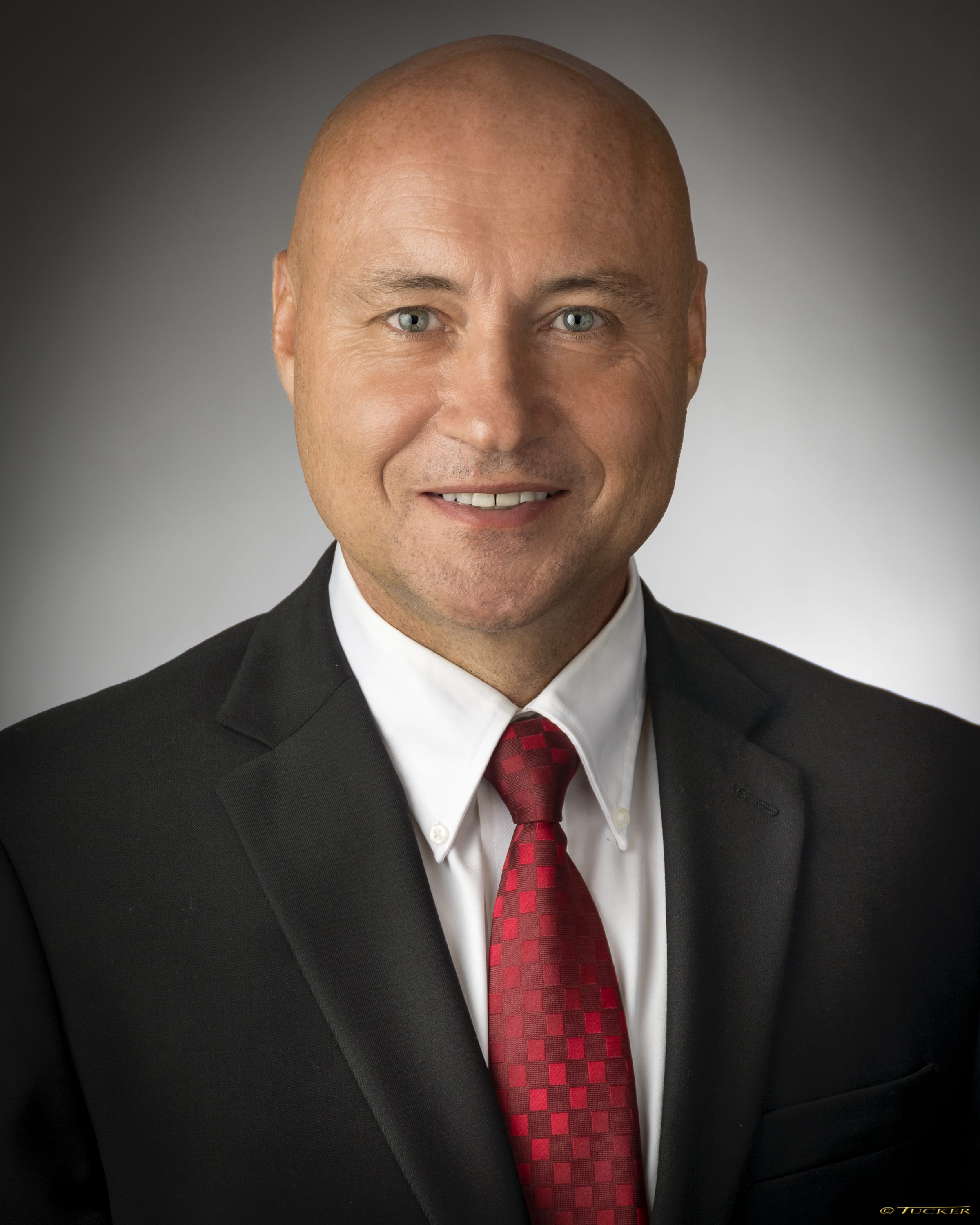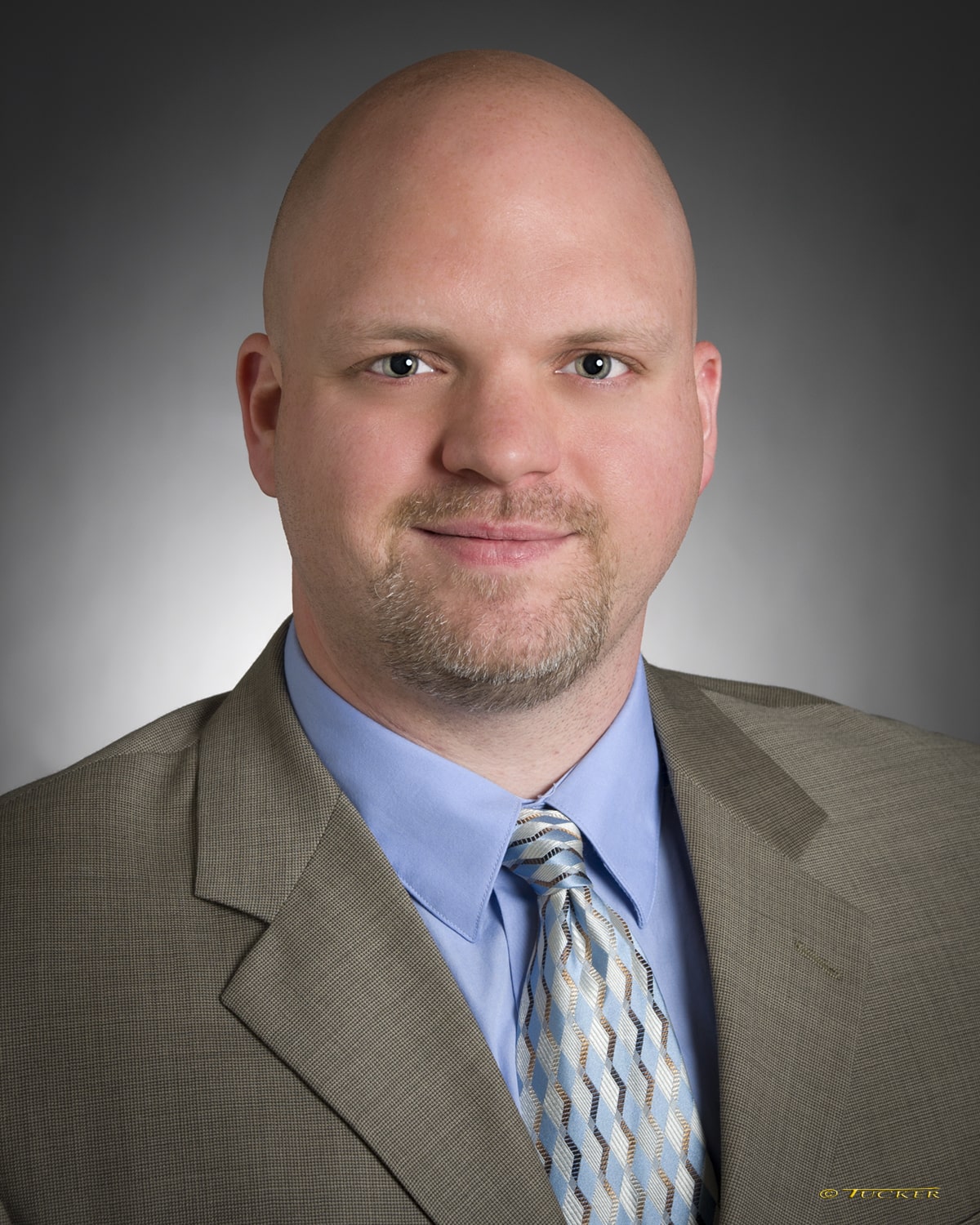Joe Iafigliola Sees the Future of Field Services
The June issue of Servicing Management featured an article by Safeguard Properties Vice President of Vendor Management Joe Iafigliola titled The Future is Now.
The Future Is Now
In the field services industry today, fast-changing advances in mobility and geolocation are molding the future.
In 1989, Universal Pictures released the science fiction comedy “Back to the Future II,” a sequel to the original hit that seamlessly picked up where the original story line left off. Marty McFly (Michael J. Fox) and his friend Dr. Emmett “Doc” Brown (Christopher Lloyd) have just returned to the year 1985 from 1955 when Doc learns that Marty’s future is in jeopardy.
Ironically, that future is 2015, where the film depicts a world with flying cars, hoverboards, dehydrated pizzas, shoes that lace up on their own and self-drying clothes. And although most of what the movie predicts for the year 2015 is different from what we actually see today, the film did accurately foresee a number of technological changes, such as the increased use of public cameras, flat-screen television sets mounted on walls, the ability to watch six channels at once, Internet video chat systems and the increase in plastic surgery, to name a few.
If we were to go back to 1985, we would see that vendors in the field services industry worked very differently than they do today. They used pen and paper to report findings and Polaroid or roll-film cameras to paint a clearer picture of a property’s condition. The photos would then be overnighted to the field services company. Fax machines also were integral to daily operations. Vendors received and sent their daily work orders via fax. For field services companies, thousands of work orders would be faxed daily to their vendor networks, and just as many completed work orders would be faxed back daily. These completed orders would then be hand-sorted and matched with the coinciding pictures. Whether you were a field services company or a vendor, keeping up with the thousands of faxes going in and out each day, and the photos that literally arrived by the truckload, had its challenges.
Any changes or additional orders would have to wait until the next day because inspectors and vendors could not be reached in the field. All updating would have to be completed at the end of the work day. It wasn’t until the early 2000s that field servicing went to digital reporting through the use of computers and email for orders and photos, changing the way vendors operated and setting the stage for future innovations.
In the field services industry today, fast-changing advances in mobility and geolocation are molding the future, with video capabilities not too far behind. New technologies are emerging every day, with some predicting an increase in automation and the use of robotics and drones.
But do they have a place in the property preservation world? And will they help mold the vendor of the future, or are they just expensive toys?
Next level of mobile tech
One of the most recent and significant advancements for vendors in the field services industry has been the ability to be mobile and update work orders efficiently from the field. Mobile devices such as smartphones and tablets, as well as an improving wireless infrastructure, have enabled vendors to report property findings in near real-time and have saved many vacant or abandoned properties from further deterioration or damage. It also has improved the quality of results received from the field. Each vendor and its crew needs to be equipped with a smartphone or mobile device with a 4G connection in the field to succeed in the field services industry today.
Currently, inspectors and vendors follow smart scripts on those mobile devices that ask specific questions about the property as they walk through and document what they see. The vendor of the future will use the next level of smart scripts when completing work at a vacant property. Scripts will be personalized to a specific work order’s series of tasks that conform to specific investor and client guidelines and alert vendors to state and local regulations, in addition to any nuances based on loan type or allowables. Property-specific conditions, events and history will directly play into the way we assess issues and preserve homes. This increased level of real-time oversight will translate into an even higher level of quality and compliance with those specific guidelines and regulations.
In addition to smart scripts, today’s mobile devices have allowed vendors to take photos at properties and send them in near real-time. As storage and transmission of those digital photos become cheaper and mobile device manufacturers continue to improve the camera’s functionality, quality photos are being submitted to field services companies and their mortgage servicing clients with higher resolution. This is important in giving an accurate view of the property’s condition and clearer evidence of any damage present.
Industry veterans predict mobile video will become an important tool for the vendor of the future to use as a way to tell a more three-dimensional story about vacant and defaulted properties. Again, advances in digital technology and the increasing affordability of digital or mobile storage options are making this a viable option for the vendor of the future.
Field services companies are currently testing the use of video in the field. Although it is unlikely that the technology will serve as a replacement for capturing photos, it can be an effective additional resource when immediate authorization is needed to complete the work.
For example, if a property has an ongoing roof leak that needs to be remediated quickly, vendors can use services such as Facetime or Skype from their mobile devices to show the leak and damage to the field services provider. That company can then patch in the client or investor and potentially secure immediate authorization to mitigate the issue.
The advancements in smart scripts, photo functionality and video all help vendors deliver a higher-quality property condition report to mortgage servicers and investors by providing important visual details and supporting information, further increasing the level of understanding of what is happening at vacant and defaulted properties.
Geolocation and work distribution
Another recent advancement in technology for the field services industry is capturing geolocation or GPS data – longitude and latitude coordinates – attached to photos submitted by inspectors and vendors through mobile devices. That data is continuously analyzed by field services companies after each property visit to ensure vendors are completing services at the correct property and during the proper time frames.
Taking this advancement a step further, field services providers soon will be able to assign work orders using geolocation and GPS technology to identify the vendors closest to a property when an emergency or urgent work order arises, for example. This technology allows work orders to be distributed similar to the way Uber’s ride-sharing service dispatches drivers when summoned by passengers needing transportation.
Field services companies will seek out the closest, top performer in that area and alert that vendor to the new or updated work order. If that vendor is unavailable, the field services company contacts the next-best vendor that is nearby until one is found to complete the work. This technology benefits the vendor in that it saves travel time and money, or what is known as “windshield time.” It also provides incentives for vendors and their crews to perform work at the highest level of quality and service because they will be rewarded with additional work. It also benefits the field services company – and, ultimately, the client – as work orders will be completed more efficiently.
The vendor of the future may see a similar work distribution system put in place for many common inspection and preservation orders. In addition, some field services providers are testing the use of an open order marketplace, where work orders are placed in the system and are up for grabs by the top-performing inspectors and vendors in that area.
This shifts the field services company and vendor relationship from a push environment to a pull environment, where vendors will have an opportunity to grow and pull in more work if they are in good standing. This only applies to those common day-to-day orders that do not require a special skillset or licensing, such as asbestos remediation or roof repair.
Crew management
Crew management is another area where the vendor of the future can benefit from advances in mobile device and geolocation technology. For example, when a main contractor assigns a work order and dispatches a crew to a job, each crew member’s information can be stored in an application on the main contractor’s mobile device, ensuring that background checks and licensing requirements have been verified. And, based on data collected on the device, vendors, field services companies and clients can be certain the right person is performing the right work at the right property.
Crew members or subcontractors also can receive the full scope of the work order and history of a particular property prior to performing the work. The main contractor can choose to eliminate certain aspects of the order, such as pricing, but the primary property information can still be displayed. This helps to give crew members and subcontractors a better understanding of the entire scope of the work to be completed at the property and shares the issues other inspectors or vendors have faced during past visits.
To support the vendor of the future as they maneuver through a rapidly changing industry and regulatory landscape, training and education will become even more important. Learning management systems that embrace technology and digital tools can be conveniently accessed by vendors and present topics that can be easily adjusted to align with the desired knowledge outcome.
For instance, our firm recently launched its own learning management system called the Safeguard Knowledge Center. This password-protected site is accessible via mobile device and contains videos, job aids, checklists, guideline updates and other documents – anything a vendor may need to perform work at a property. The center can even be accessed from the field to provide real-time guidance, if needed.
This is especially helpful to the vendor of the future and its crews. A library of information can be used to build tailored refresher courses or annual training for seasoned crew members as well as curriculums specific to new hires on how to properly complete job functions and follow specific guidelines while preserving properties. This ensures a better quality of work and results will be sent to the mortgage servicing client.
Predictions for the future
Like in “Back to the Future II,” we are witnessing a glimpse into the future through new and emerging technologies. Although some may seem outlandish – like wild predictions such as flying cars and self-drying clothes – others may have some potential in this industry in the coming years:
- Robotic automation: Automated lawn mowers or vacuum cleaners are a few examples of gadgets that currently exist but are not utilized in the field services industry because of issues with quality control. Manufacturers may perfect this science to allow for more accurate services or, perhaps, enhance them so that they can be controlled remotely through a mobile device or even from the office.
- Drones: Industries similar to field services are currently experimenting with unmanned aerial vehicles. These gadgets can be controlled from the ground or launched on a pre-programmed route. Vendors potentially can use the geolocation coordinates of a property to send a drone to a property to capture photos or video. This can save time and money by eliminating additional trips to the property.
Drones also can help evaluate damages in difficult-to-reach areas and parts of a property. For example, they can be utilized to identify roofing issues, such as missing shingles or other damages, especially in inclement weather or with steep or clay-tiled roofs.
- Real-time help button: Vendors completing work in the field often have questions that they need answered in a timely manner. Of course, they can call into their field services provider, but it would be more efficient if they could access a portal on a mobile device and start a live-feed, streaming-video chat with a decision-maker in the provider’s office. Potentially, a client can be pulled into the conversation to quickly authorize additional work or answer questions in real time.
- Deterring theft/vandalism: As video and mobile technologies become more cost-effective, video surveillance systems can be installed in vacant properties to monitor any activity via a live or streaming feed. This would help deter thefts, vandalism or other property issues, which can potentially cost investors millions of dollars annually. Additionally, wireless motion detectors can be set up at properties to ensure they are secure.
Although no one can be certain where the mortgage servicing and field services industries will be in the next 30 years, field services companies need to be prepared for the future by equipping their inspectors and vendors with the latest technologies and systems. Technology will prevail, and companies willing to invest in the latest and greatest will succeed. It is up to the industry to embrace innovation and the disruptive technologies that can revolutionize the field services industry.
Joe Iafigliola is vice president of vendor management for Safeguard Properties Inc. He can be reached at (800) 852-8306.
Please click here to view The Future is Now [pdf].
About Safeguard
Safeguard Properties is the mortgage field services industry leader, preserving vacant and foreclosed properties across the U.S., Puerto Rico, Virgin Islands and Guam. Founded in 1990 by Robert Klein and headquartered in Cleveland, Ohio, Safeguard provides the highest quality service to our clients by leveraging innovative technologies and proactively developing industry best practices and quality control procedures. Consistent with Safeguard’s values and mission, we are an active supporter of hundreds of charitable efforts across the country. Annually, Safeguard gives back to communities in partnership with our employees, vendors and clients. We also are dedicated to working with community leaders and officials to eliminate blight and stabilize neighborhoods. Safeguard is dedicated to preserving today and protecting tomorrow. Website: www.safeguardproperties.com.


